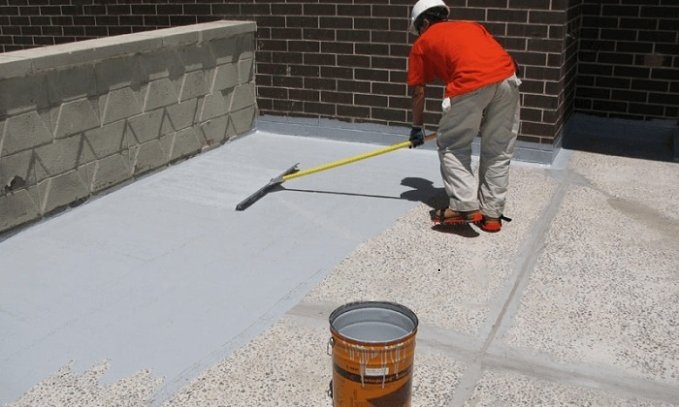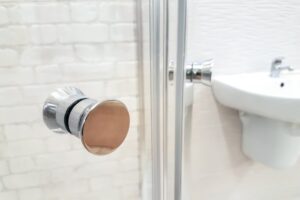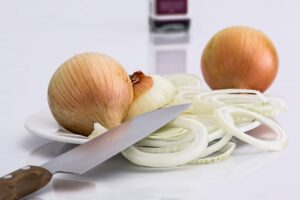Around the world, heavy rain is known to cause trouble for homeowners. Water damage is a common occurrence, resulting in unexpected repair bills. Therefore, it is important to take steps to protect your home from the elements. You can do so by strengthening key areas that are typically affected by water damage to reduce the risk of leaks in the future.

Table of Contents
1. Reinforce the Foundations
It might come as a shock to read, but basements are frequently at the mercyof water damage. This is because people assume the foundations in the house are solid, not recognizing cracks in the concrete that createa passage. The best way to tackle this is to fill existing cracks with a concrete sealant – or for larger cracks, joint filler. This will ensure that there is a reasonably durable barrier to the water in the ground, which will then be unable to breach the wall.
2. Build Strong Walls
It can be naïve to rely on building codes to adequately provide strong walls that are resistant to water damage. Although brickwork and masonry are known for being robust construction materials, they can benefit from a protective coating. Water-repellent masonry creams and coatings are effective at providing long-lasting protection.Certified products can guarantee up to 25 years of defense. This eliminates the need for protective paint if exposed bricks are preferred.
3. Check the Brickwork
Gaps throughout – between bricks, below windows, and above slab flashings – are vulnerable areas when it comes to heavy rain. Inconveniently, building codes do not provide enough protection for this, so the burden the homeowner’s to bear. Although correctly constructed buildings should minimize the risk of these issues, it is worth identifying any threats to the structure so that a professional can be hired to solve them.
4. Improve Your Roofing
The roof is the first line of protection for a home, providing shelter from all kinds of weather. Therefore, it should be ensuredwith priority that they areeffective. This is not always the case, as poor construction and wear and tear can makethe roof susceptible to water damage. Regular inspections are recommended for maintaining a strong roof to avoid issues later. It might be necessary to improve the roofing if it has been some time since construction, but be sure to invest in high-quality products from a reputable supplier like WR Meadows for longevity.
5. Seal Windows and Doors
Improperly installed windows and doors are often responsible for water damage in the home. This is because slight gaps will allow moisture in, and can cause a plethora of issues like rot, mold and mildew, or the destruction of materials on walls, flooring, and ceilings. It can be as simple as sealing the doors and windows carefully to prevent this from happening. As a result, a water-repellent barrier will be created and less moisture will be able to enter the home.
It is best to take preventative measures rather than suffer the consequences of water damage and expensive repair bills. To get started on your home, you can reinforce the foundations, build strong walls, check the brickwork, improve your roofing, and seal windows and doors. These are the primary areas in which protection against water is required and are the most effective solutions to future issues. Consider DIY where possible and hire a professional to transform your home into a stronghold capable of withstanding the harshest of elements.




